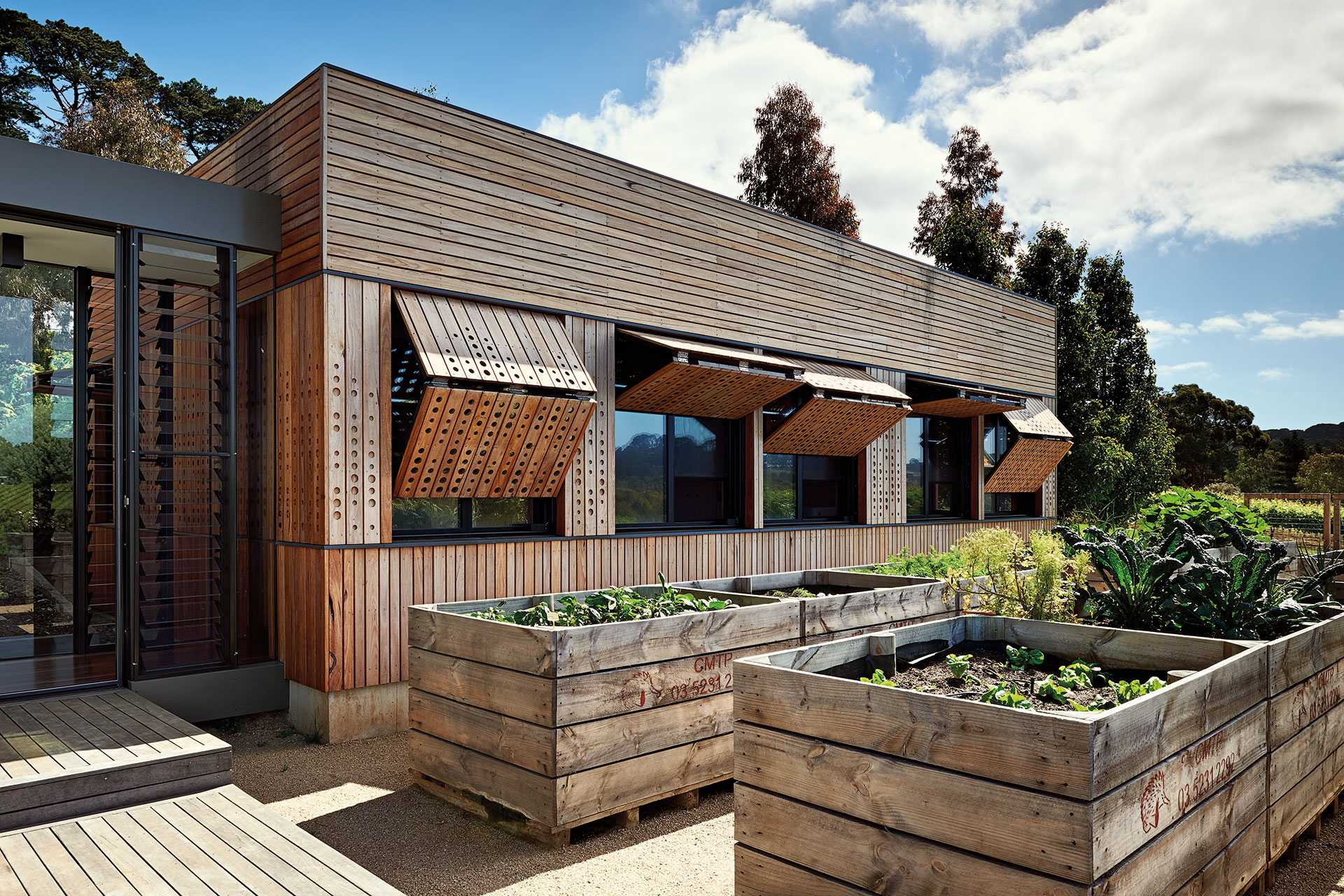Architizer's A+Product Awards is open for submissions, with the Extended Entry Deadline fast approaching on Friday, February 23rd. Get your products in front of the AEC industry’s most renowned designers by submitting today.
As a vehicle for the admission of both light and air, a window is one of the most important architectural components in a building. With representations that date all the way back to wall paintings in Egypt, windows have evolved over the course of centuries, to take on the many diverse iterations that you see today.
With endless choices of framing and glass types, it can be a challenge to select a window and the associated accessories that will satisfy all of your client’s requirements in terms of climate, safety, energy efficiency and aesthetics. Use this guide to parse through your options and if you have questions, always talk to your manufacturer about further opportunities for perfecting this key architectural element. What is architecture without beautifully framed natural light, anyway?
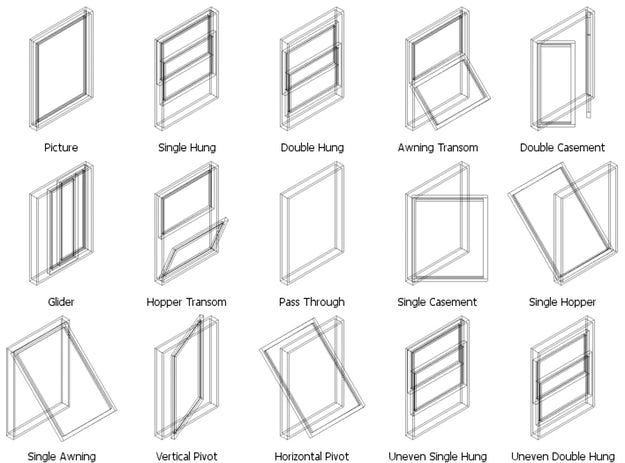
Typical window types; Image via TurboCAD
Window Systems
Oftentimes, windows are classified by operating system. While there are an infinite number of bespoke solutions, the following mechanisms are among the most common.
Fixed or Picture Window: A fixed or “picture” window is one that is non-operational and thus does not open. Fixed windows are designed to let light in and create unobstructed views.
Sash: Sash windows are made of one or more movable panels or “sashes” that glide vertically to open.
- Single-Hung: With single-hung sashes, the top panel is usually fixed while the bottom panel slides up and down.
- Double-Hung: With double-hung sash windows, both panels can be moved up and down. Double-hung windows are advantageous as they can provide efficient cooling during warm weather; by opening both the top and bottom sash, warm air can escape from the top while relatively cool air draws in through the bottom opening.
Casement Window: Casement windows are hinged on a single side, in order to allow the window to swing open and closed. The following types of casement windows are common:
- Awning: Awning windows are hinged at the top and swing outward from the building.
- Hopper: Hopper windows are hinged at the top and swing inward towards the building. These windows are frequently used in basements.
Slider Windows: Slider windows move along a horizontal track. In most cases they have at least one operable panel, which glides past a second stationary panel. Slider windows are common in modern and contemporary designs and are ideal in buildings where natural cross ventilation is desired.
Custom Windows: Custom windows can be order in virtually endless design possibilities, with size being the main limitation. Talk to your manufacturer if there is a specialty look that you are hoping to achieve.
Skylights: Skylights are an installed opening in the ceiling, which can be fixed or operable to optimize ventilation. Skylights often come with remote-control blinds or coated glass to minimize UV exposure.
Aesthetics
Texture: Glass may be finished in a variety of different textures to create visual depth and varying levels of transparency. Additionally, thicker glass can be molded to create patterns and shapes.
Reflectivity: Windows can be finished with a reflective or metallic glass coating, imparting the window with one-way visibility. In some cases, this may also present benefits for solar energy and reduce interior glare.
Acid Etching: Some windows feature a surface pattern that is created by applying acid to glass to create a decorative pattern.
Opacity: It is important to identify whether you would like to have direct or diffuse light within your space. Different surface treatments can be applied to glass so that the window is transparent, translucent, opaque or anywhere in between.
Materials and Performance
You can find window frames in many materials, each of which has its own set of advantages and disadvantages. Though there are aesthetic considerations to think about when choosing a window frame, it is also important to keep in mind that the frame plays a significant role in the thermal performance of the window.
Wood: Solid wood frames are best suited for temperate climates since they are vulnerable to weather conditions. Overall, wood frames require more maintenance that vinyl and fiberglass. However, wood offers a beautiful warm aesthetic on both the interior and exterior that is difficult, if not impossible, to achieve with other materials.
Vinyl: Vinyl frames are made primarily from polyvinyl chloride (PVC), which offers extreme durability and excellent insulation properties. Typically available in white and other neutral colors, vinyl windows are virtually maintenance-free.
Fiberglass: Fiberglass frames are typically composed of glass fibers and resin — two materials that contract very little with changes in temperature. Until recently, the complex profiles desired for window designs were impossible to attain with fiberglass. Today, fiberglass windows are growing increasingly popular as a result of their durability.
Aluminum: Aluminum frames are very strong, low maintenance and great for achieving slim modern profiles. However, on its own, aluminum is a poor insulator and therefore requires additional insulation products.
Glass: Knowing the purpose and application of the window will help determine what type of glass should be employed in the design.
- Float Glass: Float glass is a sheet of glass that is manufactured by floating molten glass on a bed of molten metal. This process creates very smooth pane with a consistent thickness throughout. Float class offers structural flexibility, since it can be easily shaped and bent into a variety of forms.
- Safety Glass: Safety glass is glass that has processed to have additional features that make it less likely to break, or less likely to pose danger if it does break. Examples of safety glass are tempered glass, laminated glass and wired glass.
- Insulated Glass Unit (IGU): Commonly referred to as double or triple glazing, insulated glass is assembled from two or three panes of glass that are separated by spaces. The space between the glass is filled with air or an inert gas, most commonly argon. IGUs are often tempered or laminated for extra strength and safety, and include a desiccant to remove humidity in the cavity and prevent condensation.
- Low-Emissivity (Low-E) Glass: Low-E glass has a microscopically thin, transparent coating that reflects long-wave infrared energy and thus has lower emissivity. This thermally reflective material reflects both heated and cooled air back into the interior of a building, rather than allowing it to flow out. When using Low-E glass, it is important to review product samples as they often have a slight blue-green tint, which may or may not suit the aesthetic of your project.
Energy Efficiency: Other measurements will also help indicate the energy efficiency of a specific window product.
- Solar Heat Gain Coefficient (SHGC): The SHGC is the fraction of solar radiation that is admitted through a window panes. The SHGC is expressed as a number between 0 and 1. The lower a window’s solar heat gain coefficient, the less solar heat it transmits.
- Visual Light Transmittance (VLT): VLT is the percentage of transmitted visual light that passes through the window. When good daylighting is important, a higher VLT is desirable.
Case Studies
7 Projects Mastering the Recessed Window
With more corners and bends than typical windows, recessed windows are a challenging architectural element as they are notoriously prone to leakage. Since water sits and accumulates on the sill that meets the bottom edge of the window, it is absolutely essential that recessed windows are properly detailed and installed. Collaborating with masterful manufacturers to achieve their goals, here are seven projects with recessed windows that thrive within a tricky practice.
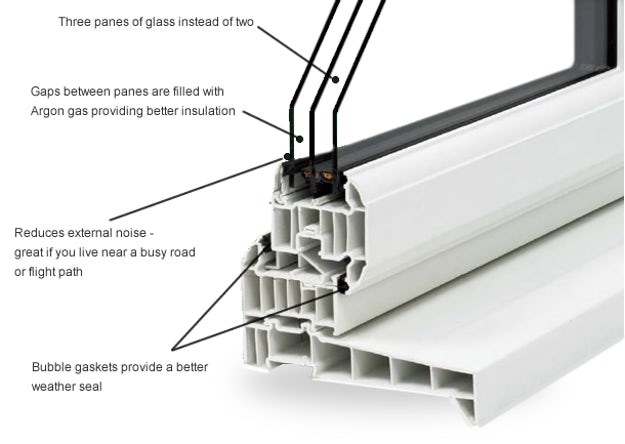
Typical triple-glazed window section; Image via FineGlaze
How Long Until We See Quadruple-Glazed Windows Become the Norm?
Projects are now popping up around the world outside of freezing cold regions that plan to use not two or three, but four panels for glass-enclosed façades and basic window applications. This rise in heavy-duty glazing brings up another serious question: If manufacturers are already stepping up to meet the growing demand for quadruple-glazed windows, how long until they become an industry standard?

Sectional rendering through the glazed façade of Apple Park; via RIBA Journal
How the World’s Largest Curved Windows Were Forged for Apple HQ
To achieve such a level of architectural quality on the tech giant’s largest building yet, the architecture firm — which Apple calls on frequently to design its cutting-edge stores — had to envision the building as not only a project, but a product, as well. It was vital for the structure to communicate the company’s goals to the world and encapsulate Apple’s reputation for innovative detail-oriented design.
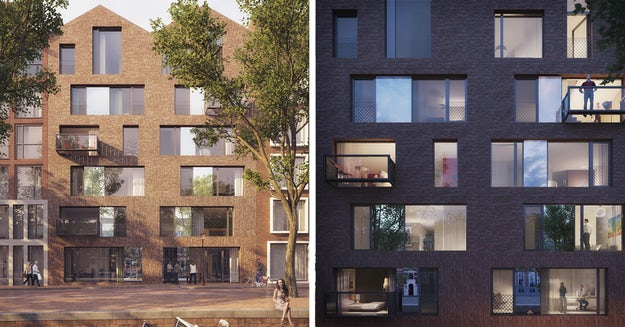
CPO De Hallen Noord is the first building in the world to include the Bloomframe® window; image via HofmanDujardin
HofmanDujardin’s Incredible Transforming Window Gets Installed in Amsterdam
After years of testing, the three-dimensional moving window is making its debut in HofmanDujardin’s latest residential project in Amsterdam, a 10-unit complex in the center of the city called CPO De Hallen Noord. The acclaimed product was installed during construction this summer.
Architizer's A+Product Awards is open for submissions, with the Extended Entry Deadline fast approaching on Friday, February 23rd. Get your products in front of the AEC industry’s most renowned designers by submitting today.

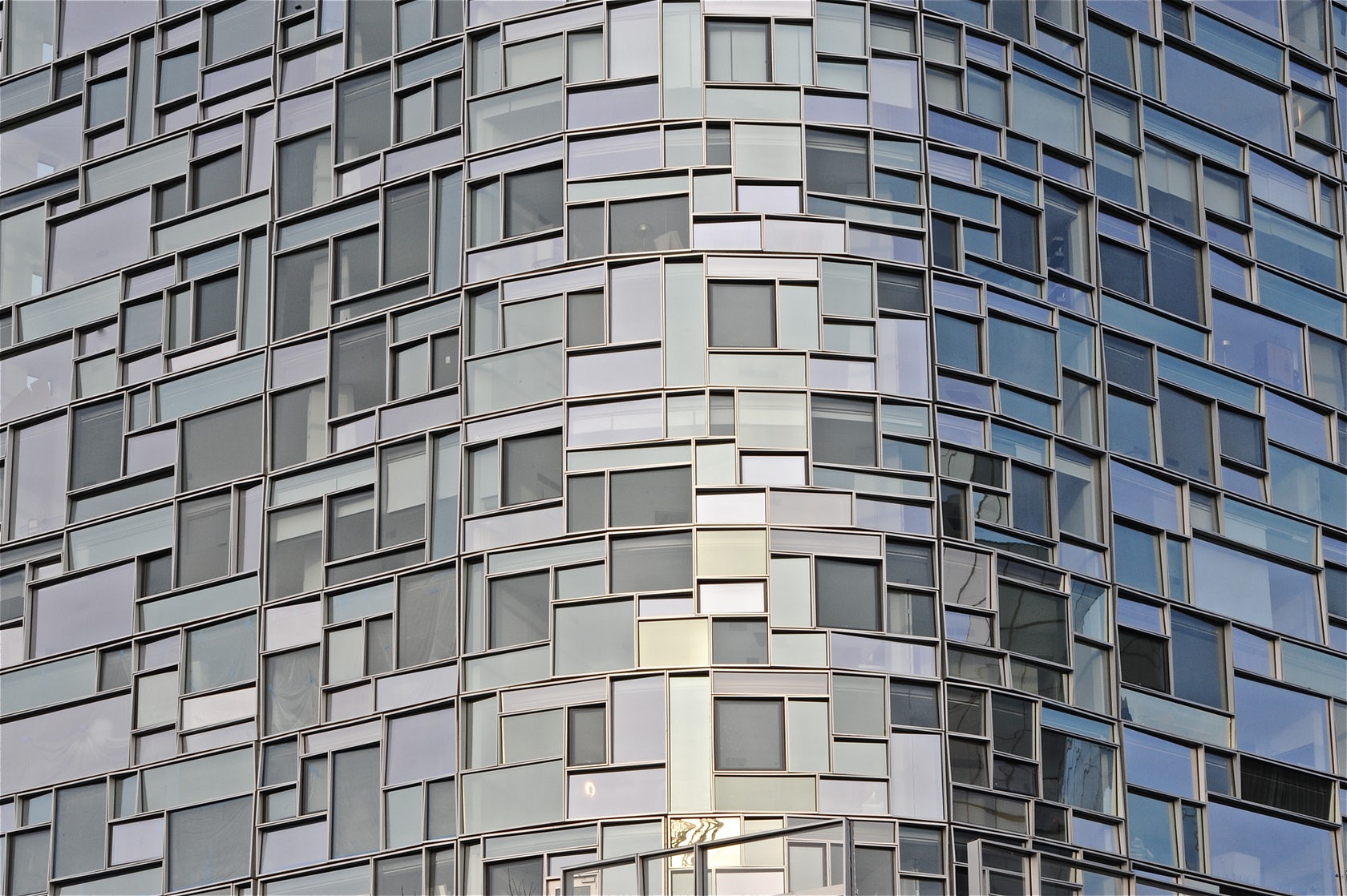
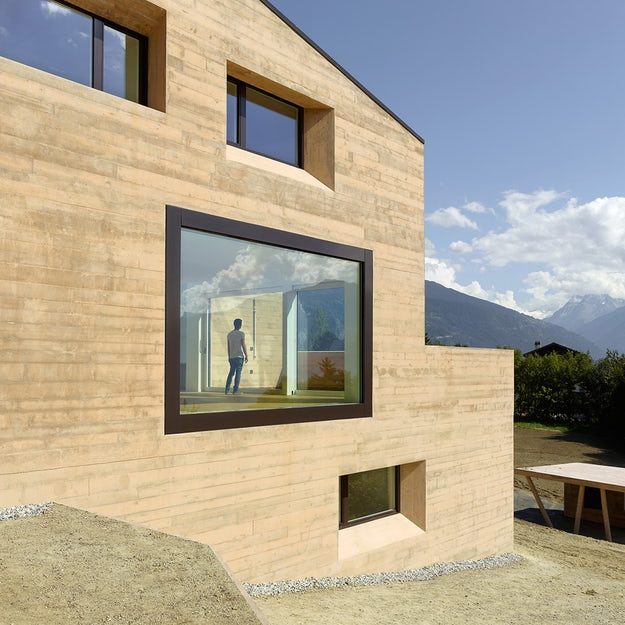
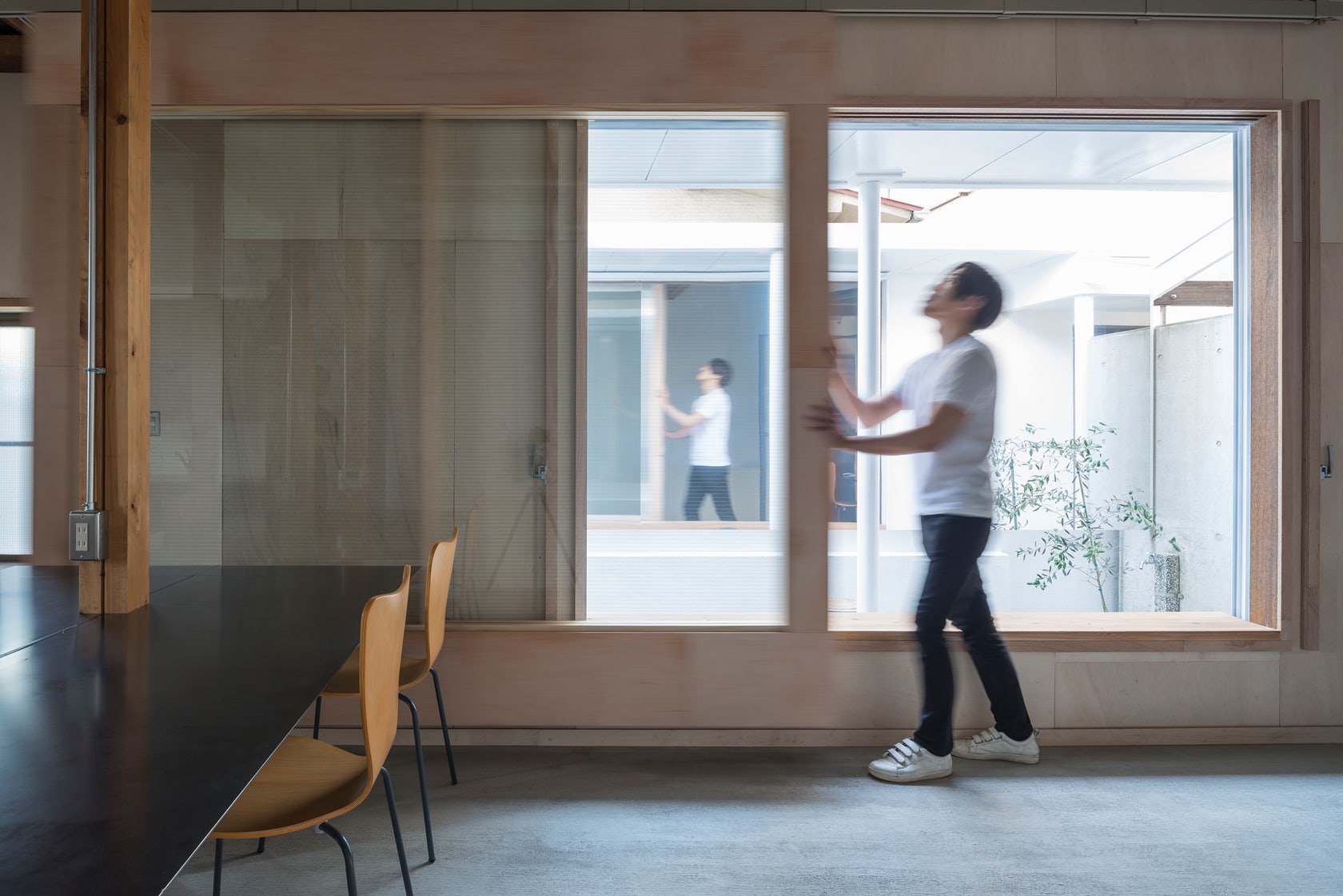

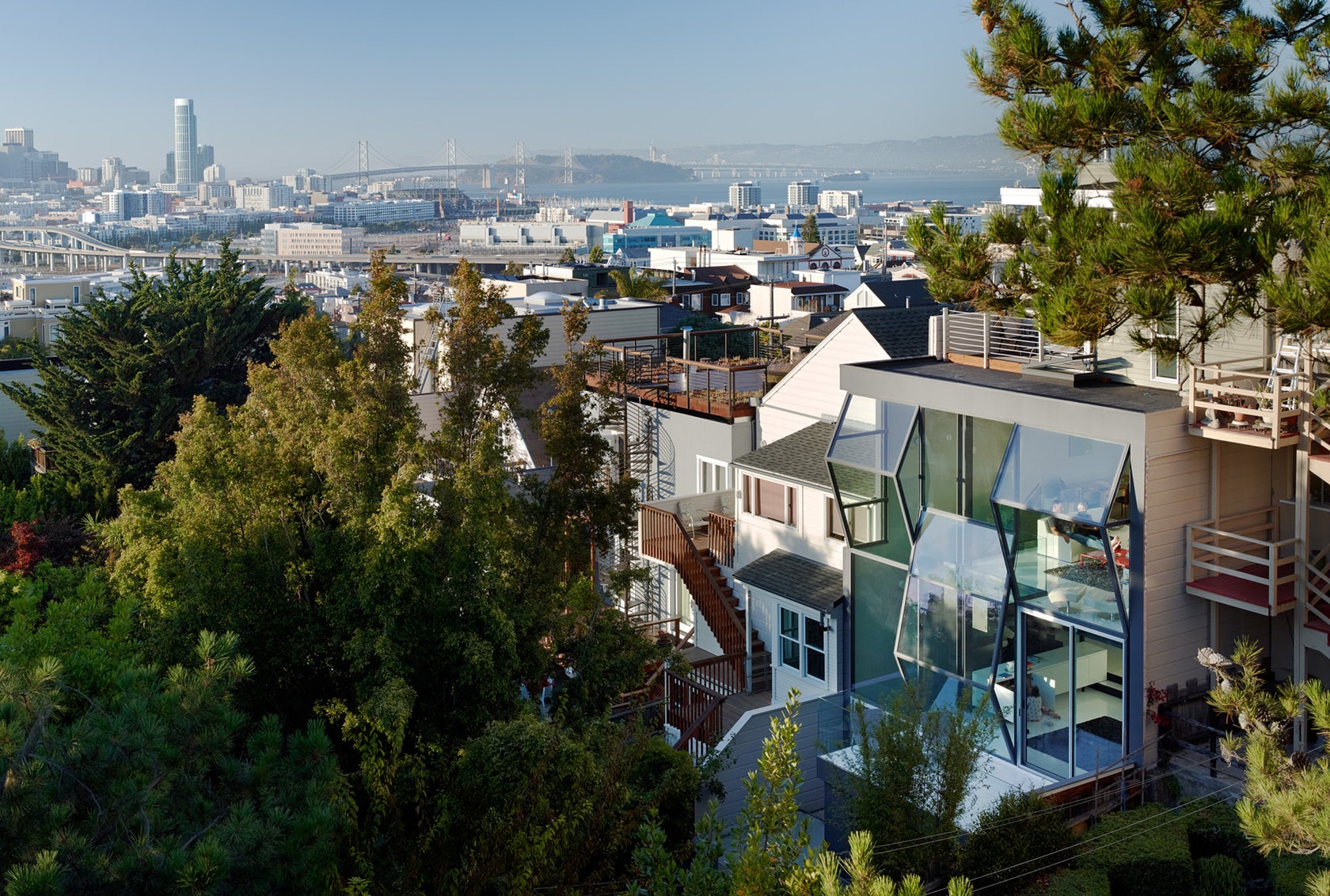
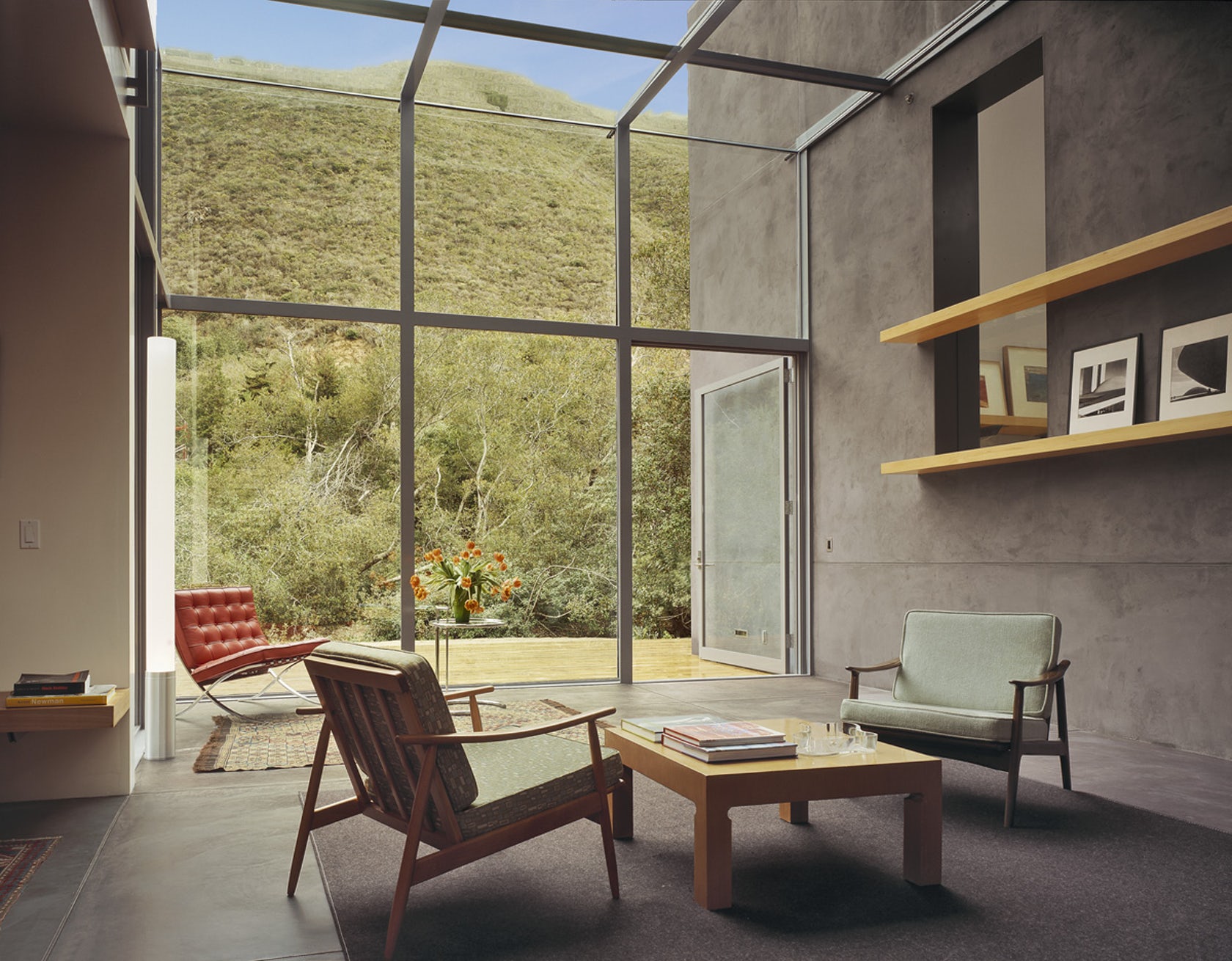






 100 11th Avenue NY
100 11th Avenue NY  400 Grove (Wave House)
400 Grove (Wave House)  Choui Fong Tea Café
Choui Fong Tea Café  Flip House
Flip House  Jackson Family Retreat
Jackson Family Retreat  MFG
MFG  MM HOUSE
MM HOUSE  Rodeph Sholom Lower School
Rodeph Sholom Lower School  SIRI House
SIRI House  The Mirror Window
The Mirror Window 
